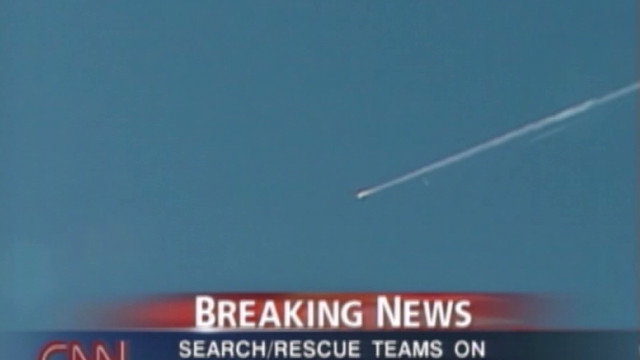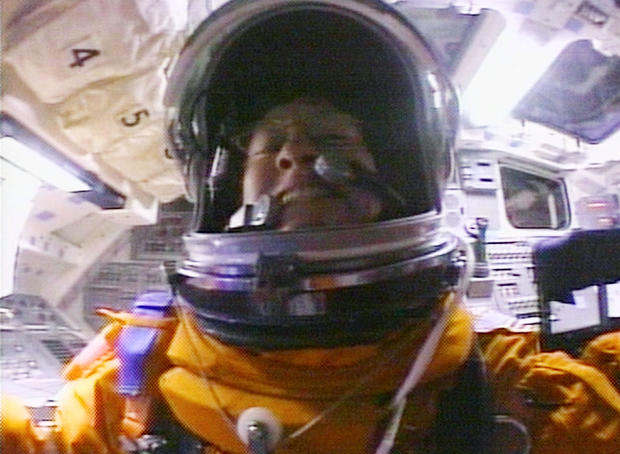

Seven of eight aluminum canisters containing the moss were recovered.Ībout the size of a pencil point, the worms have a life cycle of 7-10 days. Six canisters, each with eight petri dishes, contained the worms. elegans, and the dead moss cells had been in a nine-pound locker on the shuttle mid-deck. Some dead moss cells were found with the worms. The worms were the only live experiments found and identified from Columbia's 60 scientific investigations. Surprisingly, hundreds of worms from one of the science experiments were found alive amidst the debris in Texas. Other experiments and results were recovered amidst the debris on the ground. However, NASA has been able to harvest some of the results of the experiments conducted by the astronauts because they beamed their data down by radio while still in space. Much of the science data gathered during Columbia's 16 days in orbit was lost with the shuttle. That's important because soot accounts for about 60,000 premature deaths in the United States. The astronauts found that weaker flames create less soot. For instance, they studied the growth of prostate cancer tissue in hopes of finding a treatment.Īnother experiment on combustion created the weakest flame ever lit in a laboratory - about 1/200th the flame of a match. Most of the research focused on saving lives on Earth.

Columbia carried more than 80 experiments - so many that the astronauts had to form two 12-hour shifts so they could carry on their experimentation around the clock. The STS-107 mission was NASA's most scientifically ambitious spaceflight in years.
#Feb 1 2003 space shuttle columbia Patch
The central element of the STS-107 mission patch is the microgravity symbol, µg, flowing into the rays of the astronaut symbol Six monnths after the accident, on August 26, the Columbia Accident Investigation Board released its findings. The pieces were shipped to Kennedy Space Center in Florida for use by accident investigators. That amounted to about about 40 percent of the weight of the shuttle. Three months later, NASA reported on April 26 that some 70,000 pieces of Columbia had been collected from the ground. NASA warned residents under the shuttle's footprint, "If you find debris, please do not touch it, and if you have photos or videos that you think will be helpful, please contact your local police authorities." Contingency procedures were in effect as landing support officials were dispatched east of the Dallas-Forth Worth area to search for debris. NASA began to use all of its tracking facilities to look for Columbia, when communications had not restored by the time the shuttle had been scheduled to land. Communications were lost with Columbia around 9 a.m. EST and entered the Earth's atmosphere with all of its systems functioning normally for a landing at the Florida spaceport at 9:16 a.m. Columbia fired its braking rockets at 8:16 a.m. EST as the shuttle and its seven astronauts were headed toward a landing at the Kennedy Space Center. NASA Entry Flight Director Leroy Cain declared a contingency for the shuttle Columbia at around 9:14 a.m. Anderson, all mission specialists and Ilan Ramon, payload specialist from the Israeli Space Agency. Husband, mission commander Kalpana Chawla, mission specialist and William C. The crew of Columbia shuttle flight STS-107. Michael Anderson, Kalpana Chawla and Rick Husband were making their second flights. Ramon had been a national hero in Israel for taking part in the 1981 bombing of a nuclear reactor in Iraq.ĭavid Brown, Laurel Clark, William McCool and Ilan Ramon were on their first spaceflight. Brown, 46 Kalpana Chawla 41 and Laurel Clark, 41 and Israel's first astronaut, payload specialist Ilan Ramon, 47. Anderson, 42 mission specialists David M. Aboard the shuttle during the 16-day flight had been commander Rick D. Nacogdoches, Texas, police found pieces of debris inside the city limits and in the surrounding county. Thousands of small pieces of debris were strewn across a wide area from eastern Texas into Louisiana. Television broadcast video of the shuttle streaking at 12,500 miles per hour across the sky 40 miles above Dallas showed multiple vapor trails as the spacecraft appeared to break apart. Columbia, the oldest shuttle in the fleet of four, was to have landed at 9:16 a.m. Residents in southwestern and southcentral states - from California through Arizona, New Mexico, Texas and Louisiana - reported seeing and feeling an explosion. Seven astronauts aboard the shuttle were lost in the disaster.

1, 2003, as it descended from orbit into the atmosphere toward a landing at Kennedy Space Center in Florida. space shuttle Columbia broke up 203,000 feet over north central Texas about 9 a.m.


 0 kommentar(er)
0 kommentar(er)
